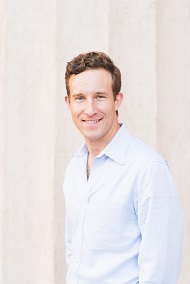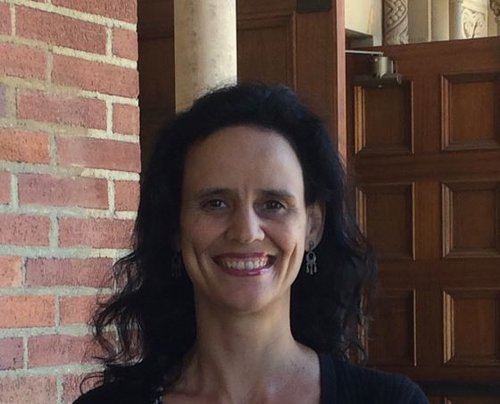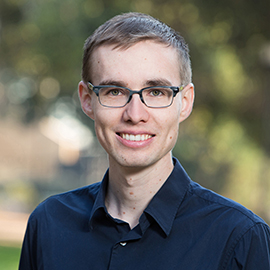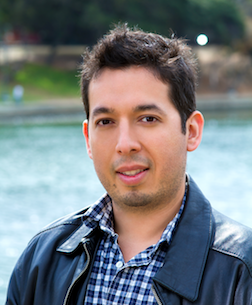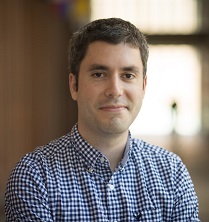Talking Left, Living Right: Education, Ethnicity & Family Stability in the Golden State
Abstract: California has a reputation as a vanguard for the kinds of progressive values—like expressive individualism, personal fulfillment, and tolerance—associated with the second demographic transition (SDT). The SDT is associated with less marriage and greater family instability, among other things. But it turns out that, when it comes to the practice of family life, California has more intact, married families than the nation as a whole. Why is this? We argue that California has a disproportionate share of Asians and especially immigrants, and these two groups are more likely to embrace a familistic way of life and reject SDT values. We also note that more educated Californians, while they embrace progressive values in theory and in public, are more likely to embrace and live out familistic values in their own private family lives. So, immigrants, Asians, and more educated Californians disproportionately make up the ranks of Californians who are living in intact, married families.

